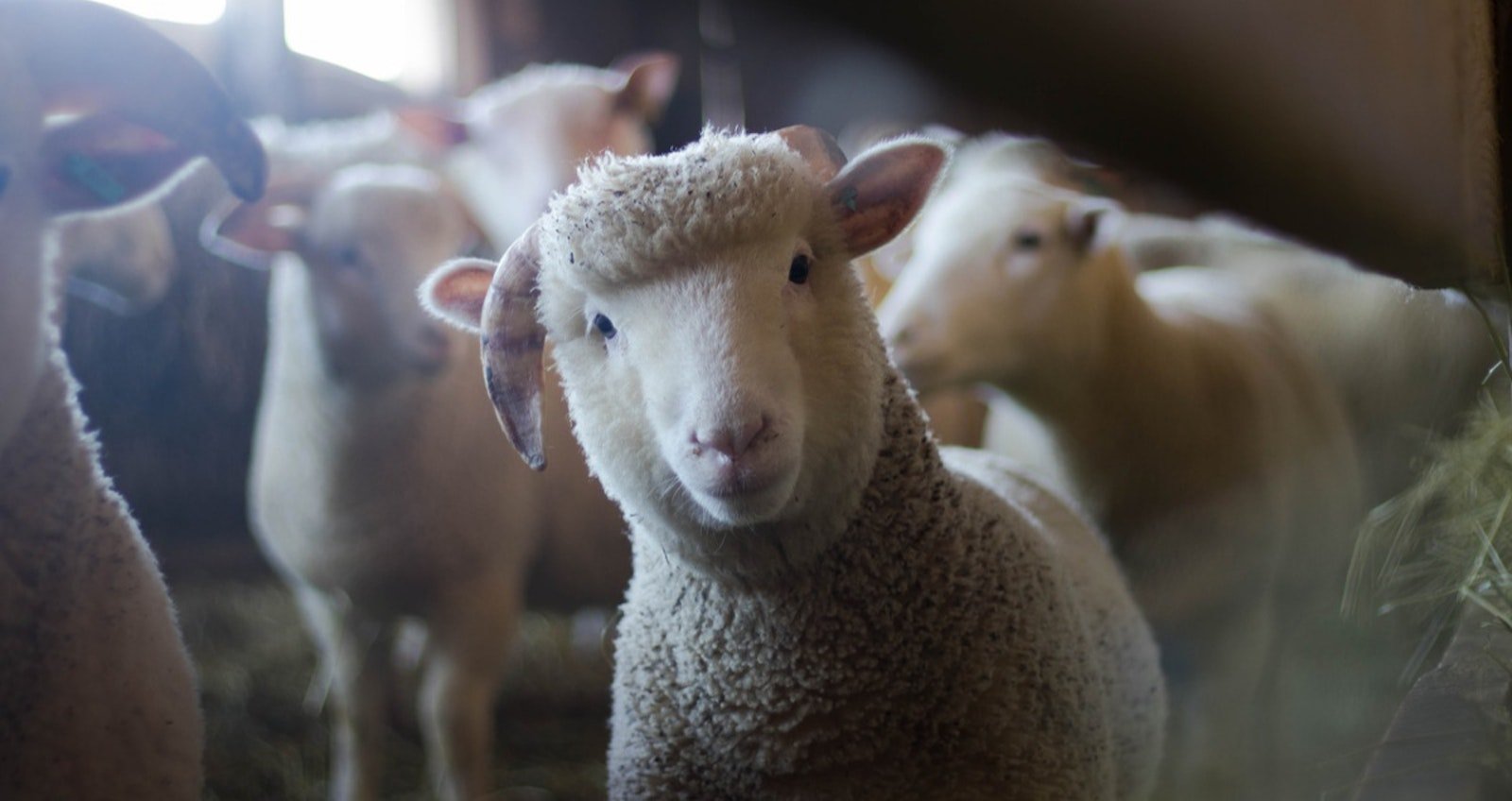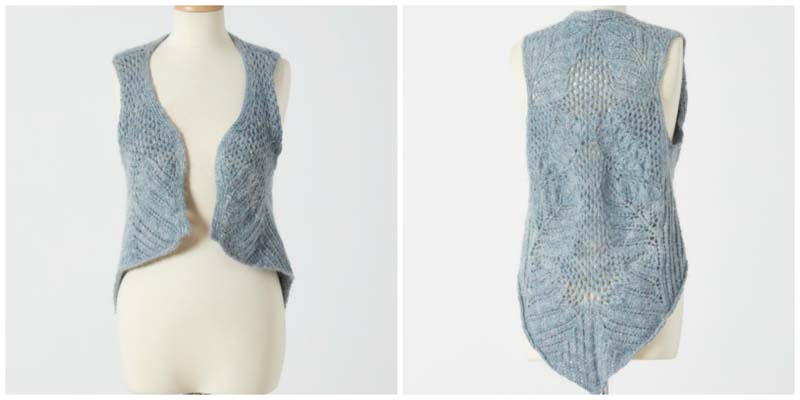After completing a big, dirty project—say, processing raw fleece and spinning yarn from Jack the very dusty alpaca—I like to imagine a lazy spinning vacation. Cabana boys stop by my lounge chair every hour with trays of frosty drinks and samples of luxury fibers that were hand-dyed at an indie workshop that also makes artisanal light bulbs (10 points if you get the reference). If there’s any better form of self-care than spinning exotic fibers, I have yet to discover it. My version of Fantasy Island holds a lot of spinning wheels.
There’s no hard and fast definition of luxury fiber, nor do most spinners differentiate exotics from luxury fibers. Judith MacKenzie provides a helpful way to think of them in The Practical Spinner’s Guide to Rare Luxury Fibers: they’re fibers that cannot be produced in quantities large enough to satisfy demand. Just as absence makes the heart grow fonder, spinners love these fibers more passionately because of their relative scarcity. I have additional reasons to love them:
- They feel fantastic in my hands—we don’t call them “luxury” for nothing.
- Unless I choose to blend, somebody else did all the fiber prep! (Judith’s book includes a fantastic chapter on blending exotics, but that’s just too much work. This is my dream vacation. Bring the next tray!)
- Smaller put-ups (a 4-ounce braid or 2-ounce bag of top) mean faster completion times. After a lengthy project, this can be important.
- I have to adjust my spinning style, because my default wool settings probably won’t work.
If I can dream it, I can live it. My Fantasy Island usually springs into existence via the Internet: I shop for great fiber at one of my favorite online shops, then I mull over my Ravelry favorites for the perfect knitting project, then I get behind the wheel. (I’m still working on home delivery for cabana boys and frosty drinks.) This process has worked many times, resulting in some of my all-time favorite projects.
For instance, my “Even Hobbits Wear Mithril” adventure started with a dream. In 2011, I’d fallen in love with the fiber—a pale blue blend of 70% suri alpaca and 30% merino from The Woolery. Then Susan Pandorf released her incredible Mithril Vest design as part of her ongoing Lord of the Rings collection. I felt like a successful matchmaker—fiber and pattern would produce an incredible vest! So I acquired 20 ounces of fiber and got to work.
That mix of fibers and colors formed a buttery-soft, drapey, heathery 2-ply yarn of 14 wpi. Then came the knitting! Lace—glorious lace—came off my needles in record time. Yes, there was some frogging and reknitting. Pro tip: don’t knit complex lace patterns while watching television, and DEFINITELY avoid persnickety stuff while watching Arrested Development. You’ll make mistakes in the lace, plus you risk poking needles into your eyes when you double over laughing. Despite the minor setbacks, I persevered, and I love my hobbity mithril vest more than I can say.
Corgi Hill Farm’s delectable yak and silk blend, in colorway Victorian Gothic. Photo used by kind permission of Corgi Hill Farm.
I needed another spinning getaway in 2013, and again I fell in love with fiber and color. This time, my fantasy centered on a 50/50 blend of yak and bombyx silk, dyed the most enticing shades of red at Corgi Hill Farm. I’d spun a lot of silk, but never yak—the combo was pure luxurious delight! After creating a 2-ply yarn of 14 wpi, I spotted Jennifer Dassau’s shawlette named Cauldron Full of Hot, Strong Love. I’d long since memorized all the Harry Potter books, and after dozens of rereads and relistens, I still crack up when audiobook narrator Jim Dale sings Celestina Warbeck’s songs on a Christmas Eve at the Burrow. Thanks to Jennifer’s design and this luscious yarn, I could now picture torch singer Celestina wearing a red and gray dress as she belted out this jazzy number. I planned the knitting to leave a gray border at the bottom of the shawlette. Someday soon, I’ll use up the rest of that yarn in a matching beret or some mitts. That set will be the last word in traffic-stopping luxury!
What does your spinning Fantasy Island look like? Tell me in comments.
—Deb





